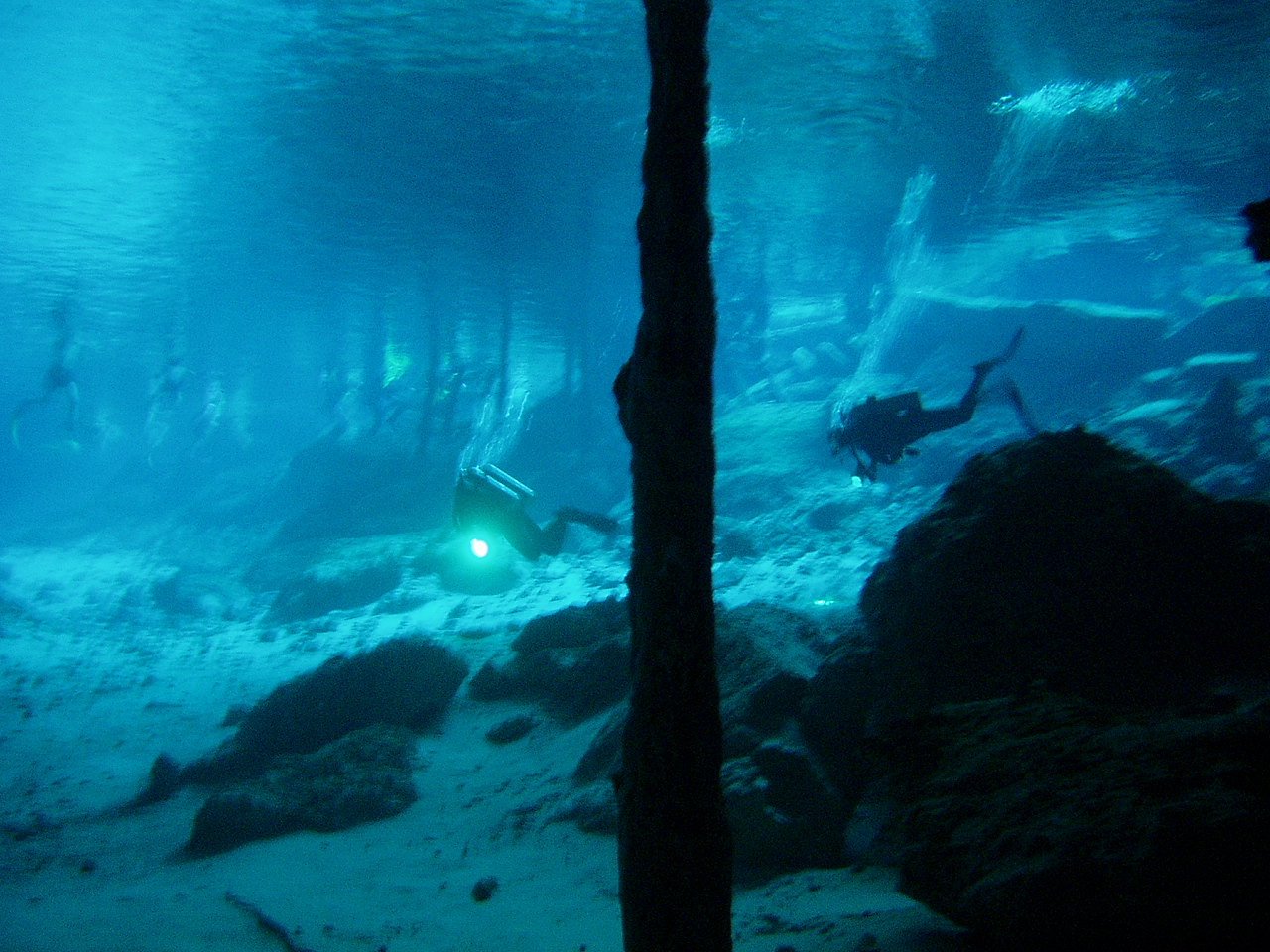Scuba dive torch producers of the world, which is the brightest dive light of them all?
If you’re thinking of buying a dive light, chances are that you’ll be asking yourself a similar question. And who can blame you? After all, you want the most powerful flashlight available that allows you to see every little critter and color shade.
But hang on a sec, do you really need stadium-like lights while scuba diving? While it’s comforting to know that you have the brightest dive light on the market, in practice, you’ll find very little use for it.
It’s a bit like buying the loudest sound system for your home. Sure, it’s nice to know that you have a high-end speaker with high-quality sound, but how many times are you going to crack up the music to the max? Probably, hardly ever, and if you do, I’m not sure your neighbors will be overly pleased about it….
Similarly, an extremely bright dive torch can negatively impact your dive experience by:
- Harming marine life. Just like humans, fish don’t like to have a dive torch shone into their eyes either. It can dazzle them and make them easy prey.
As scuba divers, it’s our privilege to see the underwater life up close, and it’s our responsibility to save it from any – intentional and unintentional – damage.
- Stopping you from seeing the full spectrum of colors and sea life. It might seem counterintuitive, but a very powerful flashlight can give you a bright yet dulled underwater view, a mere blank screen. Sometimes, the most powerful flashlight really isn’t the best option.
Obviously, there is a place and time for the world’s brightest dive lights, but this usually involves a different kind of diving. Take commercial diving, technical diving, or cave diving, for example, where divers rely on advanced diving equipment to work and navigate their way around darker places and greater depths.
For the average recreational scuba diver, however, a medium lumen-strength dive light is more than enough to make your dives safer and more enjoyable.

So, How Do You Choose The Brightest Dive Light That Is Right For Your Needs?
1) Bulb VS LED
LED has replaced light bulbs to become the standard technology on many scuba diving torches, including the most powerful flashlights. Why? Because when compared to light bulbs, LED flashlights are more durable, efficient, and with a greater burn time – making them perfect for scuba diving.
2) Built-in VS removable battery & lithium-ion VS alkaline
If, like most divers, you enjoy long dives and are always eager to set off to explore new dive sites in far-away places, then having a reliable dive torch is crucial.
But a dive flashlight is only as good as its battery.
At Moray Dive Gear, we’re all about practical day-to-day use. So, whether you’re on a day dive, night dive, deep dive, or shallow dive, our Moray DCT is one of the best travel flashlights for scuba diving.

With removable C-cell alkaline batteries, you don’t have to worry about packing a charger. Just pop in some spare batteries in your dry bag - that are easily available anywhere in the world - and you’re ready for your next dive.
Another thing to consider is the burn time, meaning how long your dive torch stays on before the battery runs out. Rated at 200 lumens, the Moray DCT has an 8 hour burn time and an additional 20 hours as the batteries lose charge – making sure that you don’t miss out any dives because you’re waiting for your dive torch to recharge.
Important: While lithium-ion dive torch batteries power some of the world’s brightest flashlights, they are not travel-friendly. In other words, you can’t just take any lithium-ion dive torch on a plane. Instead, you have to make sure that it conforms to the safety standards and regulations of airlines – or you risk leaving behind your dive light at security control. Yikes!
3) Angle light beam
The angle of your beam reflects how wide or narrow your light output will be. A wide angle beam will light up a larger area, whereas a tight angle will focus the light in one spot.
Because you’re wearing a mask, however, you’re already used to having a limited peripheral vision and having to concentrate on only what is right in front of you. To help you better see what’s in front of your eyes, the Moray DCT has a tight 6-degree beam angle, making it easy to see and point out to your buddy any interesting underwater creature - even in low-visibility.

4) Ease of use (On/Off)
On even the most powerful flashlights, buttons can malfunction – it’s as simple as that. And if you’re wearing gloves, it can be hard to control the on/off button or adjust the level of brightness on your dive torch.
To make things easier, the Moray DCT can be turned on and off by simply twisting the head cap.
5) Extra Features
Nobody can deny that it’s nice to buy a gadget that comes with extra features that - otherwise - you’d have to pay extra for. Take a scuba diving signaling device, for instance, you’re going to need one anyway, so why not save money, time and space by buying a flashlight that already has one?
Wait, does that even exist?
It sure does! The Moray DCT has a built-in noisemaker. Plus, it comes with a lanyard and batteries, making it ready to pack for your next dive trip.
There are always going to be companies that claim to have the brightest dive light in the world, but they often fail to take into consideration the needs of everyday divers, who need a reliable and versatile power supply that can be used even in remote diving destinations.

The best advancements blend power and convenience while continuing to serve the needs of divers. The Moray DCT may not be the brightest dive light, but its practical use speaks for itself.
Scuba diving - just like life – is a constant learning journey, a network of paths. It’s our job to navigate them with the tools that we have at our disposal. So why not make our lives easier with a reliable dive torch that can be used as both a dive torch and a signaling device?
Photo credit(s): Laurie Nevay.




Leave a comment
This site is protected by hCaptcha and the hCaptcha Privacy Policy and Terms of Service apply.